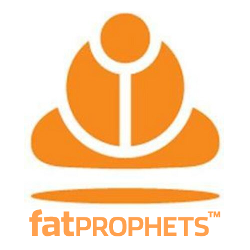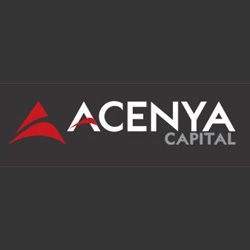Some of the biggest problems with blockchain have been scalability and seamless integration. This very problem is what the Layer-0 blockchain is meant to tackle.

Let’s view Layer-0 as located below the Layer-1 blockchain so that it can be the basis or foundation for the Layer-1 blockchain and the Layer-2 blockchain. Examples of Layer-1 blockchains are Ethereum and Solana. Layer-0 will be able to facilitate the communication of data between these two blockchains. The success of Polkadot and Cosmos provides evidence of the efficient functioning of Layer-0 to facilitate the communication of data from two or more Layer-1 blockchains. However, the Layer-0 idea may take a while before it is accepted for the interoperability of multiple blockchains.
The Concept of Layer-0 Blockchain
The Layer-0 blockchain is like the operating system of a personal computer; it forms the basis for the smooth running of application packages. Layer-1 blockchains such as Ethereum and Solana are like the application packages that run on Layer-0. This idea makes cross-blockchain interoperability possible. Currently, the flexibility to move between different blockchains is not there. If you were to move from Bitcoin to the Ethereum ecosystem, you would have to convert Bitcoin to USDT (stablecoin) before you could enter the Ethereum blockchain.
The Layer-0 blockchain is a protocol designed to govern the transmission, validation, and storage of data across multiple blockchains.
Apart from solving the problem of lack of interoperability among blockchains, scalability problems are also being resolved by layer-0 blockchains. Blockchains struggle to scale without compromising security and decentralization because they must manage crucial tasks like consensus, transaction execution, and data availability while coping with rising user demand. The creator of Ethereum, Vitalik Buterin, refers to this as the “blockchain dilemma”.
The idea of Layer-0 blockchain can help solve the trilemma problem. The principal responsibility for dealing with the trilemma is assigned to various sidechains on the Layer-0 protocol.
Although many Layer-0 systems have varied architectures, they often contain three key elements:
• The Mainnet: This serves as the main chain for storing data from the several Layer-1s that have been created on it.
• Sidechains: This layer consists of distinct Layer-1 blockchains with their own validator nodes and consensus algorithms.
• Cross-chain protocols: This is used to enable secure and anonymous asset and information exchange between various blockchains.
Some of the Top Layer-0 Blockchains
Polkadot
Polkadot was created in 2020 by three seasoned developers, including Gavin Wood, the co-founder of Ethereum. The network has a main chain known as a relay chain that enables communication and interaction across many parallel blockchain networks. This is also known as “parachains”. By market capitalization, Polkadot is at the top of the ranking table. Market cap is worth $7.88 billion. The daily active users are 4,570 on an average of 30 days. The project also experienced massive Total Value Locked (TVL) growth within the first few years of its establishment.
Cosmos
It is sometimes referred to as the “Internet of Blockchains”. Cosmos was established in 2014, and it was developed in part to address the issues of scalability and interoperability. The project consists of a number of different parts, such as the Cosmos SDK, which enables programmers to build application-specific blockchains, and the Inter Blockchain Communication (IBC) protocol, which enables chains to exchange data. The Cosmos project claims to have over 270 applications and services in its network, including Terra, Binance Chain, and Crypto.org. They are also managing over $61 billion worth of digital assets. By market capitalization, they are worth $3.30 billion. Their daily active users are 17,640 on a 30-day average.
Avalanche
Avalanche is a platform for creating and releasing blockchain apps using smart contracts. This platform has three key chains. The creation of apps takes place on the contract chain while the remaining two handle the process of the exchange of assets. The platform chain coordinates the validators and makes it possible for users to create and operate their own blockchain network. In terms of the Total Value Locked (TVL), the Avalanche is next to Polkadot, as their TVL equals $850 million. By market capitalization, they are worth $5.99 billion. It has an average user base of 257,300 on a 30-day average.
Horizon
As a fork of Zcash, the Horizen blockchain network focuses on privacy. The project is banking on Zcash’s zero-knowledge privacy mechanism. The mainchain and sidechain architectures are combined to create zero-knowledge-enabled network blockchains. By market capitalization, they are worth over $140 million, and the project trails Polkadot despite the fact that the team has been releasing numerous enhancements, including the introduction of an EVM-compatible sidechain earlier this year.
Learn from market wizards: Books to take your trading to the next level.


 Hot Features
Hot Features














